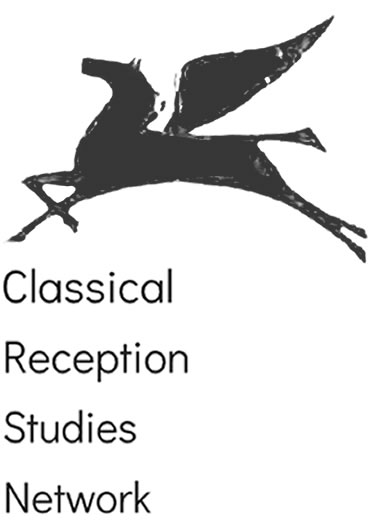

- This event has passed.
Maxine Lewis, ‘Censoring Juventius? The reception of Catullus’ homoerotic poems by Tiffany Atkinson, Nathaniel Moore and C. K. Stead’
November 20, 2018 @ 5:15 pm UTC+0
‘Censoring Juventius? The reception of Catullus’ homoerotic poems by Tiffany Atkinson, Nathaniel Moore and C. K. Stead’
Dr Maxine Lewis
(University of Auckland)
Since the seventeenth century, a steady stream of Anglophone writers has used Catullus’ poems as inspiration for their translations, poetic adaptations and novels. Many of the works have both emphasised the female love interest Lesbia and erased the male object of Catullus’ affection, Juventius. This erasure has fallen into three distinct patterns, with writers commonly not translating the suite of poems associated with homoeroticism, bowdlerizing obscene and homoerotic language, or performing a gender swap by rewriting Juventius as a female character. In the eighteenth and nineteenth centuries, some writers explained that these aesthetic choices were motivated by their distaste for or discomfort with the homoeroticism of the poems. In this paper I examine three recent responses to Catullus’ male paramour Juventius and contextualise them in the history of Catullus’ reception. While homophobia long had an impact on literary responses to the Juventius poems, the landscape of Catullan reception has shifted significantly in recent times, beginning with C. K. Stead’s ‘Clodian Songbooks’ (1982 and 1988), and continuing with Nathaniel Moore’s Let’s Pretend We Never Met (2007) and Tiffany Atkinson’s Catulla et al (2011). Recent treatments of Juventius still employ some of these techniques but through close examination of the works by Stead, Moore, and Atkinson I show that these authors have different motives and have generated novel aesthetic outcomes. The reception of Juventius has thus taken a new turn with these works, particularly in the depiction of hypermasculinity, sexual violence, and sexual agency. These innovative portraits of gender roles, especially masculinity and homoerotic desire, thus challenge not only Catullus’ own poems, but those works which have so far constituted the Catullan chain of reception.
